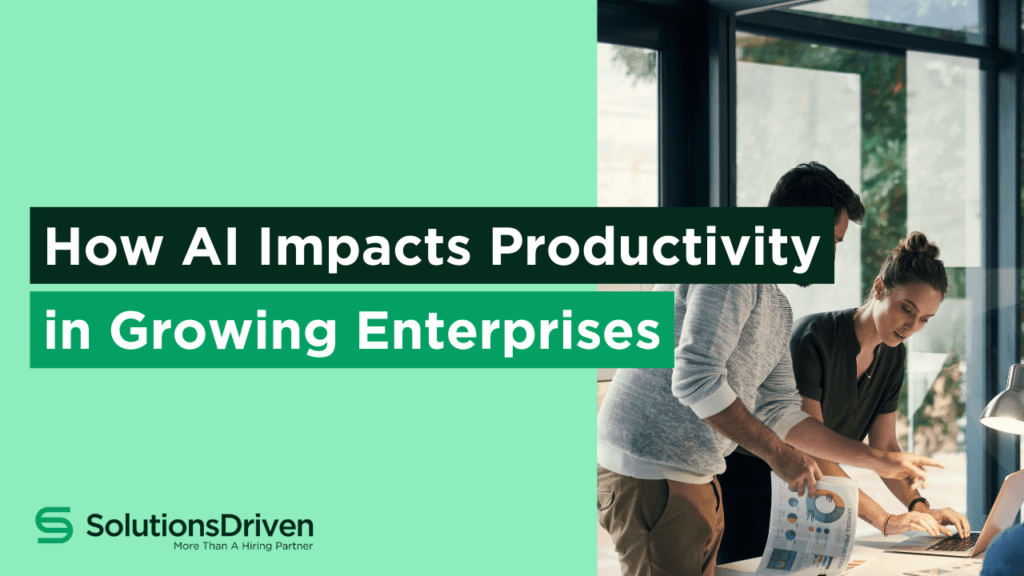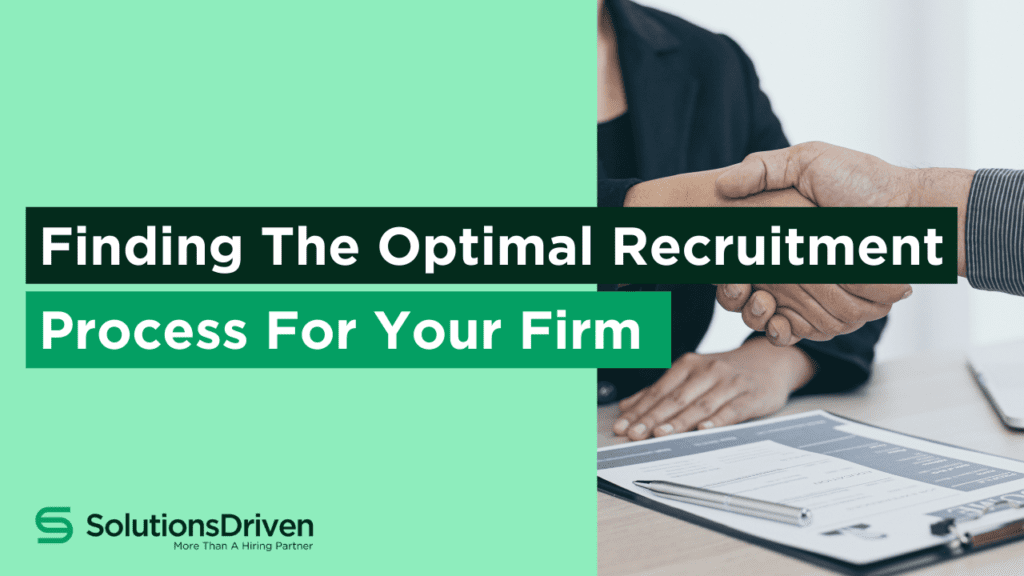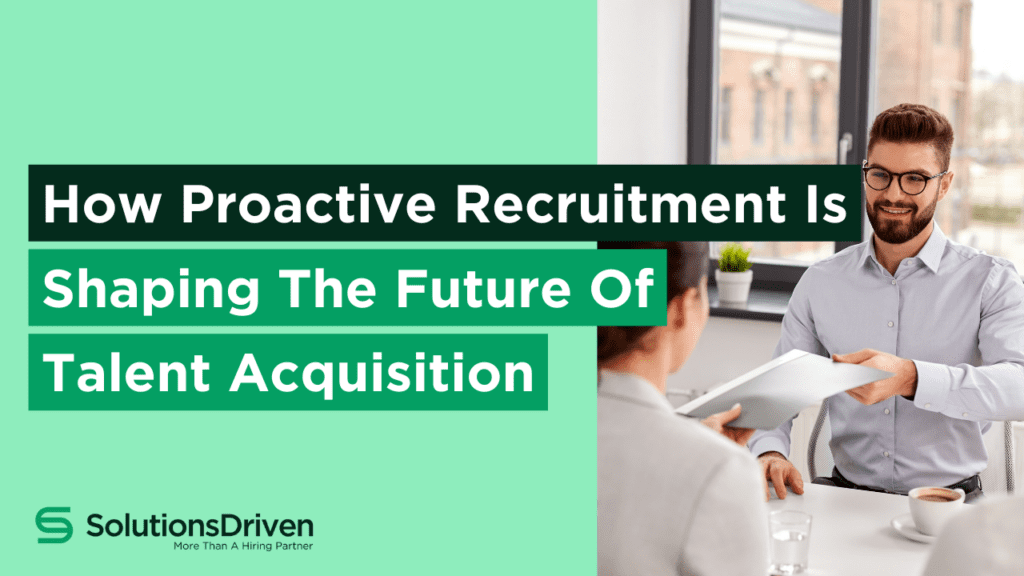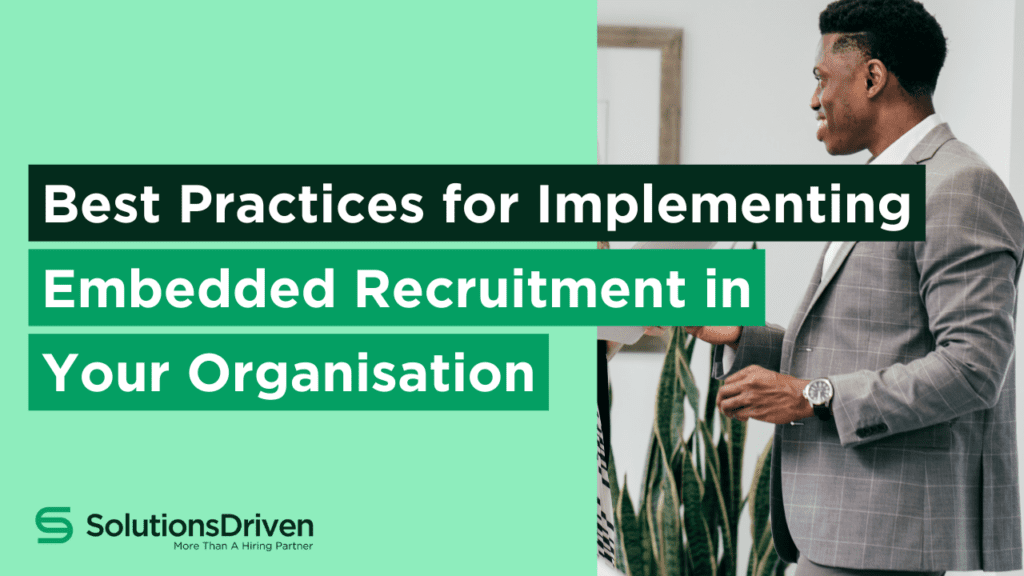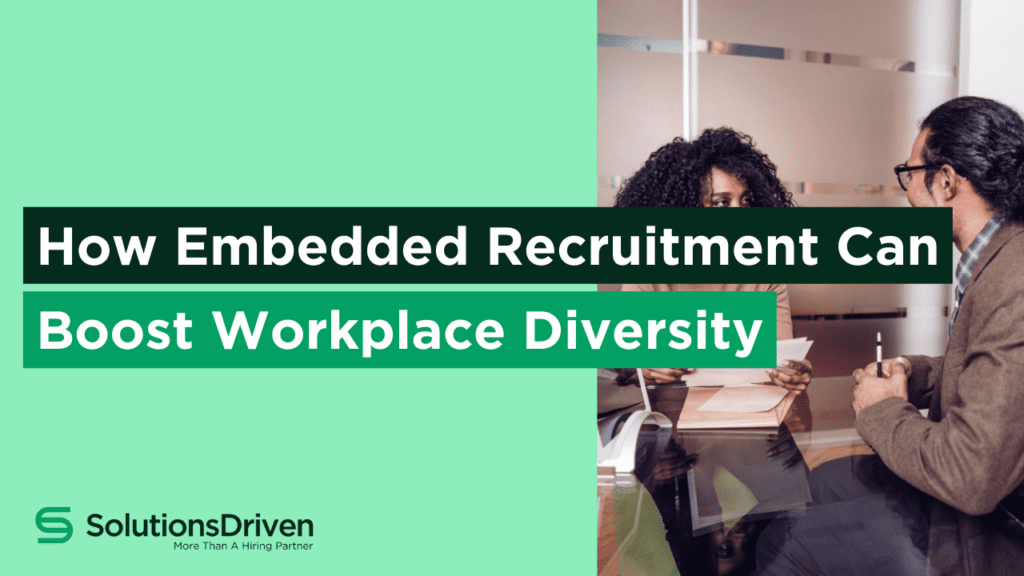If you think about any of the world’s largest enterprises, chances are they didn’t grow and achieve their status without a lot of hard work, and no doubt, some refining of processes along the way. There’s a direct link between productivity and success. Efficiency and output are two factors that bear a direct influence on things like scalability, competitiveness and, ultimately, profitability. So, it makes sense that businesses are turning to AI to enhance their productivity.
AI now assists us in automating routine tasks, streamlining/simplifying processes and identifying new ways to grow through providing us with data-driven insights. It’s a key driver in helping businesses to thrive and expand. And this is a subject we recently covered in our white paper, Unlocking the Power of AI: Overcoming Challenges for Enhanced Productivity and Employee Wellbeing.
We’ll explore how businesses can use AI for far more than optimising existing operations, and how it can be used to anticipate and adapt to future challenges more effectively too.
Whether you’re a start-up founder or an enterprise leader or strategist, let’s take a deep dive into AI’s role in helping us to achieve efficiency and success.
Understanding Productivity Challenges
Some organisations are simply more productive than others. The Office for National Statistics (ONS) has carried out research around slower productivity growth in the past decade and cites attributes such as, “…age, size of business, foreign direct investment (FDI), management practices and international trade…” as possible reasons.
But for companies looking to grow at speed, being innovative about productivity hurdles is key. And understanding the kinds of obstacles that can slow down the growth trajectory is the first step in achieving ambitious expansion goals.
Common Productivity Challenges
Scalability: One of the most common challenges is scalability. It’s often the case that models and processes that worked well for a smaller business are untenable as they get larger. Many growing enterprises in this situation find they hit bottlenecks in production, service delivery, and administration functions. And the ability to scale efficiently without compromising on quality or speed becomes difficult.
Resource: Growing enterprises are often operating with limited financial, human, and even technological resources. But the lack of resources (even though it can seem counterintuitive to spend more when trying to maximise profit) can lead to burnt-out employees, under-used tech, and an overall drop in productivity. It’s important to achieve a balance when it comes to allocating resources, considering both immediate operational needs and long-term strategic investments.
Operational Inefficiencies: If you have outdated processes, a lack of automation, insufficient data management, or unclear internal communication, operations are likely to be slowed. Not only do operational issues affect the pace of growth, they also increase the likelihood of errors which will take up even more time and resources further down the line.
Addressing these Challenges
If you’re serious about ensuring sustainable growth and remaining competitive, it’s essential to tackle productivity challenges. By working to streamline operations, not only will you increase productivity, but you’ll make better use of resources and improve employee morale. Addressing these kinds of challenges also enables businesses to stay agile and responsive to market changes. And importantly, an innovative culture of continuous improvement is created.
In short, understanding and addressing any productivity challenges you may have is essential in growing an enterprise.
AI for Driving Productivity
AI = more productivity. And more productivity = growth. That’s why more and more organisations, and particularly those with ambitious growth plans, are implementing AI applications into their everyday operations.
According to data from Exploding Topics, 35% of companies worldwide are using AI. 42% report having explored AI use, and more than 50% of businesses plan to incorporate AI tech during 2024.
The list of ways AI can help workplace productivity is vast. From chatbots and email management, to calendar maintenance and content production, AI is allowing us to win back valuable human resources so that they can concentrate on more strategic, human-centric activities. Here are a few examples of how AI-powered automation is helping us to be more productive at work:
Customer Service
AI-driven chatbots and virtual assistants are now common in customer service. They can handle lots of customer queries simultaneously…and 24/7. Programmed to understand and process natural language, interactions with bots are now often smooth and human-like. From dealing with enquiries or booking appointments to troubleshooting technological issues, human agents can now be reserved for more urgent or complex cases. Not only are efficiency and productivity enhanced, but customer satisfaction is greatly improved because they’re able to enjoy an immediate response.
Data Entry/Processing
Gone are the days where data entry needs to take hours and hours of repetitive manual labour. Machine learning algorithms can now accurately input, process, and categorise large data sets with little to no human intervention. Data analysis is available at the click of a button, reports generated, and trends identified. And for growing enterprises this means not only a more productive workforce but faster and more informed decision making.
Marketing and Sales
Want to enhance customer experiences? AI can provide solutions. Through analysing customer data, AI algorithms are now able to identify and predict buying behaviours, provide product recommendations, and tailor marketing messages. Automated marketing campaigns can quickly segment audiences and send targeted communications at optimal times that are most likely to maximise both engagement and conversion rates.
HR
AI can also streamline HR processes. Imagine your most efficient recruitment process yet – with platforms capable of sifting through thousands of job applications to identify the most suitable candidates. The result isn’t just increased productivity but a process that helps to remove bias. And things like applications, employee engagement, feedback, and performance data can all be collated and analysed using AI too.
Operations and Logistics
In ops and logistics, AI can provide predictive analytics to help us to better forecast future demand. It’s also useful for identifying the most efficient delivery routes and predicting machine maintenance requirements and downtime.
Using AI for Data Analysis and Predictive Maintenance
If you’re aiming to increase your organisation’s productivity, AI is key when it comes to analysing large amounts of data and optimising maintenance schedules. Here’s how:
Analysing Large Datasets: AI can sift through enormous amounts of data. Plus, it can extract insights through machine learning algorithms that can quickly pick out patterns, trends, and anomalies. These could be virtually impossible for humans to detect within any comparable timeframe. For businesses, this means quicker and more efficient decision making that can inform everything from marketing staregies to operationsal improvements.
Predicting Equipment Failures: If you work with machinery or equipment, chances are you’ll experience occasional downtime. But one of AI’s most valuable applications in the industrial and manufacturing industries is its ability to combine data from equipment sensors with machine learning to predict when items are likely to fail or need maintenance. This is a game-changer for businesses who are now able to address potential issues before they even arise saving time, resource, and ultimately money through avoiding costly outages and maximising the lifespan of equipment.
Benefits of AI in Growing Enterprises
Integrating AI into growing enterprises can bring about huge changes in how business is conducted. By streamlining operations, reducing manual effort, and making the most of resources, AI tech will enhance productivity while contributing to cost savings and growth.
But did you know that the cost-saving potential of AI extends beyond just reducing the cost of labour? Through improving both efficiency and accuracy, using AI can considerably reduce the likelihood of costly errors. Plus, forecasting can help us in managing stock and avoiding overproduction.
Perhaps one of AI’s most significant advantages is the way in which it helps businesses to scale their operations without a proportional increase in resources. AI systems can manage and process data at a scale that would be unfeasible for human teams. But AI is allowing businesses to expand their offerings and reach without necessarily expanding their headcount.
AI in Practice
A great real-world example of cost reductions achieved through AI is AstraZeneca. The global Biopharmaceutical giant implemented AI and machine learning models to improve its inventory management. The business has since reported a 40% drop in inventory carrying costs as a result of being able to better predict demand variations.
Another instance of AI usage at its best is Starbucks. The leading coffee chain started out as a single coffee shop in Seattle four decades ago but has since grown to a global enterprise with outlets in over 30,000 locations. What many people don’t realise is that AI and data are largely responsible for the company’s growth. By recording and analysing vast quantities of customer buying habits, the business has been able to make informed decisions on its strategy and direction. Data has also been key in enabling Starbucks to create direct and targeted marketing campaigns. And innovatively, the introduction of a rewards program (which had 13 million users back in 2022) continues to provide even more insight on consumer preferences.
AI and Ethics
We’ve identified that AI has significant advantages for growing enterprises, but it’s important to remember there are also several ethical challenges to consider, including:
Data Privacy and Security
AI comes with substantial privacy concerns. It ultimately relies on the collection, storage, and analysis of personal and sensitive data, so ensuring safety measures and user trust is essential.
Some steps to mitigating security and compliance challenges are:
Design Privacy into your System: Consider privacy from the off. Design privacy measures into the development and implementation phases to ensure data protection is part of the foundation of your AI.
Assess and Audit: Regularly conducting security audits and risk assessments will help you to identify and avoid vulnerabilities.
Adhere to Global Regulations: Keep up to date with data protection regulations such as GDPR. These set stringent guidelines for data privacy and user consent.
Job Losses and Reskilling
AI often sparks concerns around job displacement. Machines are increasingly able to perform tasks traditionally carried out by humans, so it’s important to consider the knock-on effects of AI on your workforce.
You may wish to support employees by:
Offering Reskilling: Investing in reskilling initiatives shows that you care about your employees and are keen to train/develop them. Equip people with the skills needed for new roles created by AI and automation.
Creating Transition Programs: Develop support systems for employees whose roles have been affected by AI.
Promoting Collaboration: The most successful companies have ensured human and AI collaboration. While AI is a great way to improve, remember not to lose focus on roles that require human creativity and emotional intelligence – these are just as important.
Bias and Equity
AI can often help to eliminate bias, but there are instances where it can exacerbate it too. Bias will significantly impact decision-making, leading to unfair treatment of certain groups.
Efforts to mitigate bias and promote fairness in AI systems include:
Diverse Training Data: This involves ensuring that any data used to train AI systems is diverse and representative.
Transparency: Opt for AI models that are transparent so it’s easy to see how decisions are made.
Continuous Monitoring and Testing: Regularly monitor and test your AI system(s) for biased outcomes. Adjust algorithms accordingly.
The Future of AI for Enhancing Workplace Productivity
So, what’s the outlook for using AI to enhance productivity and grow enterprises? It’s more than promising and is, in fact, transforming how businesses operate and compete. Looking ahead there are a few areas that stand out as particularly transformative. We’ve listed a few below.
To begin with, look out for even more advancements in AI. We should expect more sophisticated, autonomous systems that are capable of complex decision-making and problem-solving. Developments in machine learning algorithms, deep learning, and neural networks are escalating AI’s capabilities in analysing data, predicting trends, and offering insights. And this will only get better and enable to us to make smarter and quicker business decisions and innovations.
Then there’s emerging tech and methodologies. Things like quantum computing (once fully operational) is set to skyrocket AI capabilities – it’ll help us to process information at unprecedented speeds. And advances in natural language processing (NLP) is likely to enhance how AI understands human speech and visual data, allowing us to reach new heights.
Integrating with Business Strategies
Integrating AI with business strategies offers opportunities for sustainable growth.AI help with strategic decision-making and planning by providing us with deeper insights and foresight. Think consumer trends and behaviours, market peaks and troughs, etc. Through tailoring AI to specifically help us achieve objectives (from customer satisfaction to operational efficiency) we can create powerful collaborations between AI and humans that help us to succeed.
Global Impact
AI has the potential to change our productivity levels on a global scale, as well as across just about every sector. There are no geographical or industrial boundaries and AI will be pivotal in not just helping enterprises to grow, but in boosting entire economies too. AI is key in helping us deal with critical worldwide challenges such as climate change, sustainability, and healthcare.
To wrap up our discussions around the impact of artificial intelligence on growing enterprises, AI is becoming vital in supporting and improving the way we work. By streamlining processes, enhancing our decision-making capabilities, and automating routine tasks, it appears that AI is quickly becoming an invaluable tool in any business’ armoury.
If you’re looking to grow an enterprise the outlook is clear. Implementing AI technology must form part of your strategy. It’s a fundamental tool in boosting productivity and achieving sustainable growth.
AI provides us with endless opportunities. So, if you’re looking to tailor your strategy and to pip your competition to the post, why not join the AI technological revolution? Far more than just becoming more automated, it’s time to reimagine what your company can achieve when you combine human intelligence with the unparalleled power of AI.
If you’re keen to dive deeper into the fascinating subject of how AI is revolutionising the way we work, don’t forget to download our recent white paper, Unlocking the Power of AI: Overcoming Challenges for Enhanced Productivity and Employee Wellbeing.

